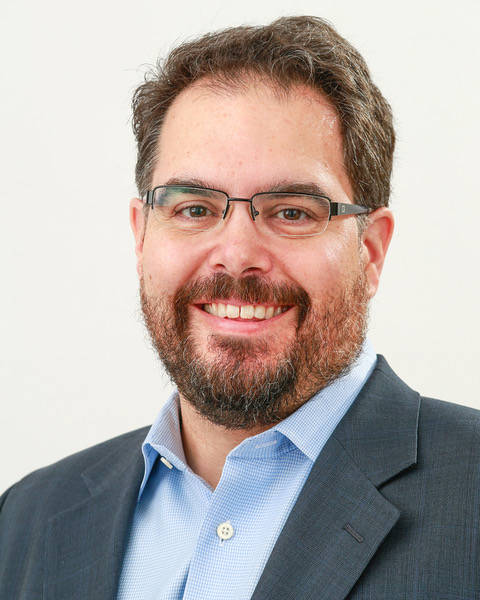When it comes to health care costs in Alaska, it is all about dollars and cents. Continuing to study and discuss a government-run Health Care Authority (HCA) or state managed pooling for Alaska school districts, as proposed in Rep. Sarah Vance’s HB 156, will cost Alaskans more dollars and doesn’t make much sense.
While I agree there is urgency in cutting health care costs, the government does not have the capability to lower prices in the way that private sector experts do. An example of what can happen is in Washington state, where mandatory pooling of all public school district employees will cost $800 million more than initially expected. That’s more than a 35% increase, hundreds of millions of dollars that could be used to lower class sizes or provide other opportunities for students. Another example is in Oregon, where school districts that do not participate in its state-run pooling program offer better wages and benefits than those that are participating.
Lawmakers like Rep. Vance and Gov. Dunleavy deserve credit for wanting to find ways to save on health care spending in order to invest in areas like public safety, economic innovation and education. While a state-run HCA or pooling is a well-intentioned idea, every prior attempt at something similar has failed to achieve intended goals, ending in higher overall costs and cumbersome government oversight.
The state does not have the expertise, staff or political independence to successfully onboard more people into its health plans. How many new employees will be required to serve the plan-holders? How will the designated agency withstand the political pressures of powerful interest groups looking to benefit from these additional covered individuals? Adding more bureaucracy will lead to cost increases at a time when there is a concerted need to cut state spending.
However, positive efforts are taking place in the private sector and driving costs down. One nonprofit example is the Pacific Health Coalition (PHC), which represents more than 45 health plans across Alaska and the Pacific Northwest. Members represent a variety of Alaskans, including firefighters, healthcare workers, teachers and engineers. PHC covers 250,000 people, with 110,000 in Alaska. Its members aggregate spending power to save a combined $500 million a year in costs compared to typical hospital and provider fees. Since PHC is a nonprofit organization, savings are repaid to member plans, protecting them from sudden increases to premiums and co-pays.
PHC is run by a small staff of industry experts, who are strong negotiators able to keep politics out of the process. This structure creates innovation and opportunity, including a new partnership between PHC and Aetna that allows businesses as small as two people to participate in and take advantage of PHC’s considerable purchasing power and expertise. This new option will provide cost savings for Alaska’s private employers.
In addition to this partnership, PHC has also adapted to offer in-house services, including health fairs, to its members in order to provide convenient care and keep costs low. In 2018, 19 health fairs were held in 11 cities (five cities in Alaska), providing flu shots and preventive screenings to over 7,000 people.
Best of all, it’s not just PHC. There are several other organizations like it, health care trusts and associations that innovate and protect their members while creatively lowering prices.
Private sector organizations, like PHC and its peers, have the flexibility needed to make an impact on Alaska’s healthcare costs. Unlike a state-run organization, they can adapt and work on solutions and partnerships that make a difference. With help from private sector organizations and the state, we can foster a better health care system together.
Greg Loudon is the health plan consultant for the Pacific Health Coalition. A lifelong Alaskan and Alaska Native, Greg has 23 years of industry experience with insured and self-insured health plans, collectively bargained groups, multiemployer groups, flexible benefit plans and complex insurance issues.



